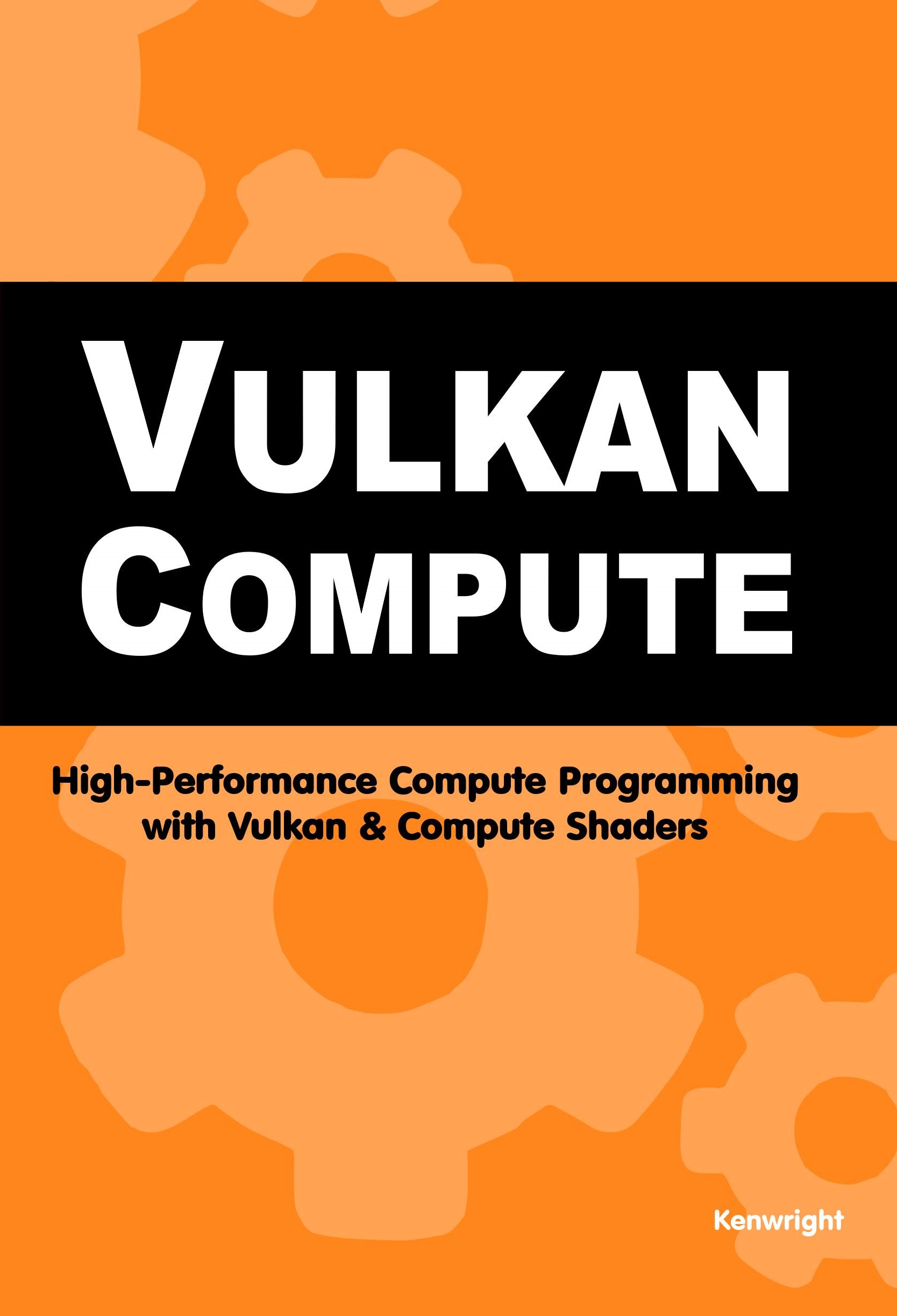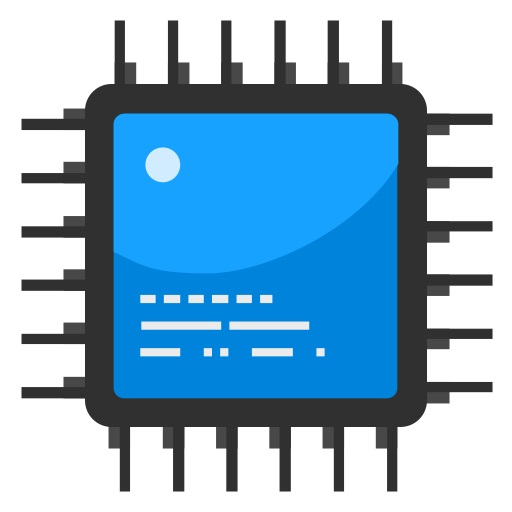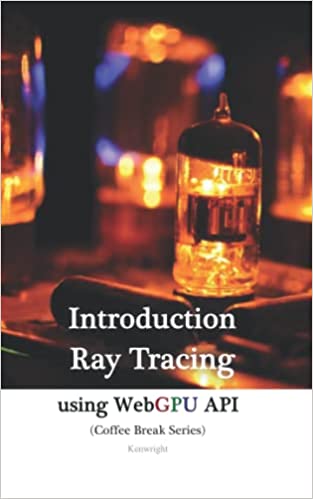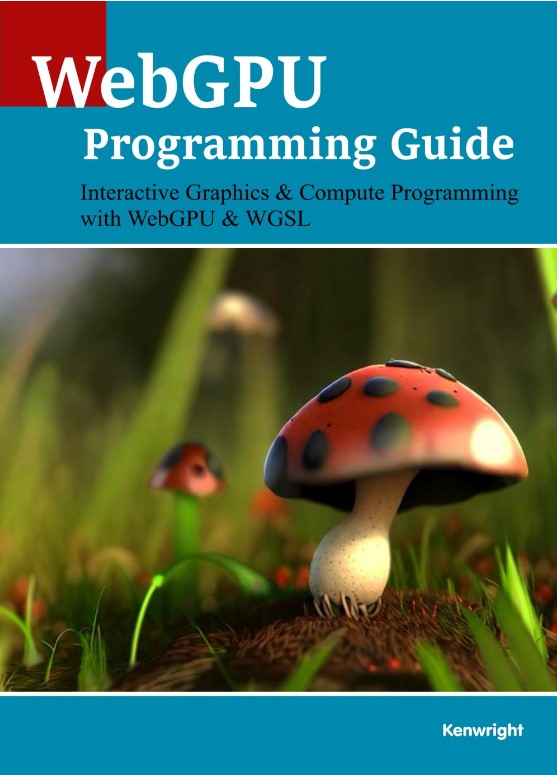 | Vulkan Compute |  |
High-Performance Compute Programming with Vulkan & Compute Shaders. 
Vulkan brings the power of modern GPUs to compute, enabling unmatched performance for intensive parallel processing and high-performance computation tasks.
Aim of this text:
• Feed your curiosity and have fun learning about 'compute'
• Master compute programming using the Vulkan API
• Focus on compute (not the graphics)
• Perform compute tasks (without using any graphical output)
• Let about setting up/debugging/workign with compute
• Look at a range of practical compute examples
To help make the practical exercises accessable - they'll be hosted on VulkanLab - so you can view all of the code/setup files- including the output logs/debug information. Easy to download the entire code (including the Visual Studio files) - that you can compile and run the examples on your own machine with little effort.
 | Compute Examples - Vulkan Compute (Samples C/C++/Visual Studio/Windows) |  |
The compute pipeline is a game changer for accessing the GPU! It means you can perform complex calculations on the GPU using the large number of threads - very easily! You can use the compute power of Vulkan while having nothing to do with graphics!!
Raw Data In/Out - These compute examples are raw in/out - copying to/from the GPU (no francy graphics just raw power!)
| |
Array with Contant Numbers (On GPU) |
346900 bytes |
Source Code |
 |
| |
Compute Add Array of Numbers |
226590 bytes |
Source Code |
 |
| |
Compute Matrix Multiplication |
338130 bytes |
Source Code |
 |
Static Win64 BitBlt Copy Back (not animated) - copy the 'raw' bytes/pixels back to the CPU (array of floats) - and use a windows BitBlt to draw them. Not animated - but lets us draw the raw data on the screen (check any graphical calculations on the GPU).
| |
Image Loaded and Passed to Compute Manipulation (Raw Bytes) (Win64/BitBlt) |
209800 bytes |
Source Code |
 |
| |
Ray Traced SDF Shapes (Unions) |
196900 bytes |
Source Code |
 |
| |
Ray Tracked SDF Shapes (Unions) + Uniform |
566900 bytes |
Source Code |
 |
| |
Fractal Pattern (Mandelbrot set) |
646100 bytes |
Source Code |
 |
Animated Win64 BitBlt Copy Back - copy the 'raw' bytes/pixels back to the CPU (array of floats) - and use a windows BitBlt to draw them. We have a windows reflesh loop - which we call the compute execute on each time - so we can animate the compute (call it again and again with a changing value).
| |
Animated Metaballs (Win64 BitBlt) |
126900 bytes |
Source Code |
 |
Vulkan Compute 'AND' Render Pipeline - Create a 'Vulkan' graphics pipeline (hpp) - and instead of working with 'raw' data - we create a 'VkImage' - which we write to in the compute shader - and pass the handle to the graphics pipeline - we don't need to copy the data back as it's already on the GPU. Piggy back onto the end of the compute code a dirty little 'render' function which initializes a vulkan render pipeline and uses a glfw window. The function takes a 'callback' so it can call the compute update for each render update. It's not pretty - but it was done this way to keep the code simple but also seperate the compute from the graphics. The graphics part can be disabled using a 'ifdef' preprocessor - so you can see which code is getting used for the graphics and which is for the raw compute.
| |
Animated Metaballs (Vulkan Graphics Pipeline/GLFW) |
256900 bytes |
Source Code |
 |
Vulkan Compute 'AND' Render Pipeline - Same as above - but instead of working with an image - we work with instances - e.g., particles - hundreds of thousands of particles - each particle's information is updated on the compute - while the vulkan graphics pipeline is used to render the particles. They're animated - constantly updated in the render loop (compute and graphics output).
| |
Particles (Vulkan Graphics Pipeline/GLFW) |
312600 bytes |
Source Code |
 |
Feel free to get in touch if you notice any issue or bugs - or just want to say hi ;) Happing coding and remember the most important thing - have fun!
 |
Other Related Texts You Might Find Interesting |
 |














|